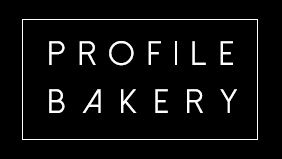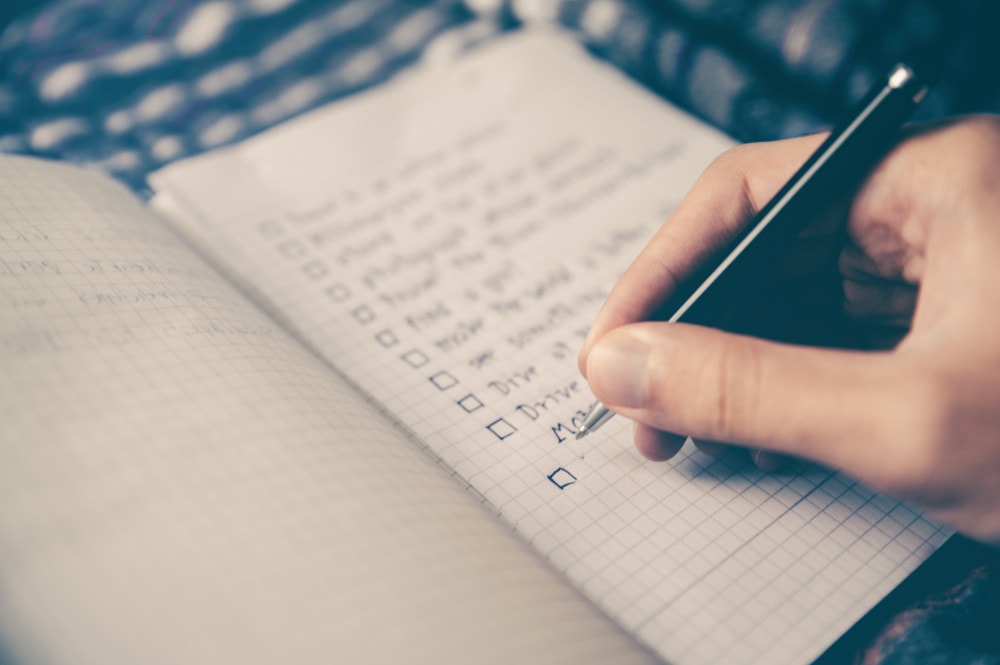In the highly competitive job market, submitting a well-prepared job application is essential. This article provides a comprehensive checklist to ensure that your application documents are flawless and effective. It also highlights common mistakes to watch out for.
Cover Letter
Checklist
- Begin your cover letter by placing your name, address, phone number, and email address at the top.
- Add the current date beneath your contact information.
- Direct your letter to the specific hiring manager or the relevant person in the organization.
- Craft a subject line that clearly indicates the position you are applying for.
- Personalize your greeting by addressing the recipient by name if possible.
- Start your letter with an engaging opening sentence that captures the reader’s attention.
- Establish a connection to the company by mentioning your knowledge of or interest in their work.
- Express your motivation for applying to the job and your enthusiasm for the company.
- Briefly describe your profile, highlighting your strengths and soft skills with specific examples.
- Mention any relevant skills, such as proficiency in languages or other qualifications.
- If available, include references or recommendations from previous employers or colleagues.
- State your notice periods and potential start dates if applicable.
- Include your salary expectations if the job posting requests this information.
- Conclude with a professional closing sentence that reinforces your interest and suitability for the role.
- End your letter with a suitable closing greeting and your signature.
- Remember to list any attachments, such as your resume and certificates.
- Thoroughly proofread your letter to ensure it is free of spelling and grammar errors.
Avoid Common Mistakes

- Avoid using a generic greeting like “To whom it may concern,” and strive to address the hiring manager by their name whenever possible.
- Ensure that your qualifications are clearly connected to the position you’re applying for, showing how you’re a strong fit for the role.
- Refrain from including redundant information that can be found in your resume, focusing instead on unique aspects of your qualifications and experience.
- Prior to submission, meticulously proofread your cover letter to eliminate spelling and grammar errors, ensuring it reflects your professionalism.
- Avoid writing an excessively lengthy cover letter; instead, keep it concise and to the point, highlighting your most relevant qualifications and experiences.
Resume
Checklist
- Ensure your resume is concise, typically limited to a maximum of 3 pages.
- Depending on the customs in your country, consider including a professional photo, although it’s not always necessary.
- List your professional experience in reverse chronological order, beginning with your most recent or current position.
- Provide details about your educational background, including degrees earned, institutions attended, and graduation dates.
- Include relevant skills and certifications that are pertinent to the job you’re applying for.
- If language skills are relevant to the position, mention your proficiency in different languages.
- Add hobbies or interests that are directly related to the job, demonstrating your passion and expertise in the field.
- Use bullet points to make your resume more readable and to highlight key achievements and responsibilities.
- Maintain consistent formatting throughout your resume, including font, style, and headings.
- Incorporate keywords from the job advertisement to align your resume with the specific job requirements.
- Utilize the Google job formula (Situation, Task, Action, Result) to demonstrate your achievements in previous roles, providing context and showcasing your impact.
How to avoid Common Mistakes
- Avoid overwhelming your resume with excessive text that makes it difficult to read and comprehend.

- Tailor your resume to the specific job you’re applying for by emphasizing the skills and experiences relevant to that position.
- Eliminate any irrelevant information that doesn’t contribute to your suitability for the job.
- Ensure consistent formatting throughout your resume, maintaining a professional and organized appearance.
Additional Documents
Checklist

- When required, include copies (never originals) of your educational and work certificates to support your qualifications.
- Optionally, you can add a cover page at the beginning of your application to provide an overview of your credentials.
- Include proof of any additional training or certifications that are relevant to the job and could strengthen your candidacy.
- Include a copy of your driver’s license or certificate of good conduct if the job application specifically requests these documents.
How to avoid Common Mistakes
- Never submit original documents; always provide copies to avoid potential loss or damage.
- Avoid including certifications or qualifications that are irrelevant to the job you’re applying for, as it may clutter your application and not add value.
- Perform a final review of your CV to catch any errors or omissions before submission.
Final Review
Checklist
- Ensure that all documents are well-organized and presented in a clear and professional manner.
- Double-check the content for accuracy and maintain consistency in your job application materials.
- Thoroughly proofread all documents to eliminate any spelling and grammar errors.
- If you’re sending your application by email, use a professional email address, and make sure that all required documents are properly attached.
- If sending a physical application by post, use a clean and professional folder to house your application materials.
How to avoid Common Mistakes

- Avoid overlooking typos and grammatical errors in your application materials.
- Double-check to ensure that all necessary documents are attached when sending emails.
- Use a professional email address and refrain from using unprofessional or inappropriate ones in your correspondence.
Your job application is a reflection of your professionalism. Ensure that it is meticulously prepared, well-organized, and free of errors. By following this checklist and avoiding common mistakes, you can make a strong impression and increase your chances of success in your job search.






